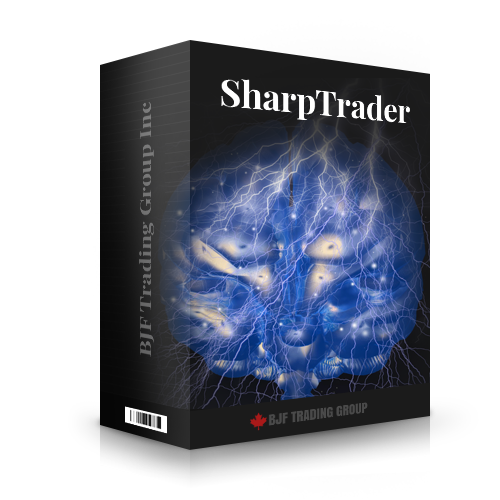Neural Networks in Forex Trading: Revolutionizing Market Analysis and Decision-Making
Forex Robots based on FOREX Neural
Introduction
In the fast-paced world of foreign exchange (Forex) trading, where millions of transactions happen every second, the use of advanced technologies like neural networks has become increasingly significant. Neural networks, a subset of artificial intelligence (AI), imitate the human brain's ability to recognize patterns and make decisions. In Forex trading, these networks are revolutionizing how traders analyze market data and make predictions.
Understanding Neural Networks
Neural networks consist of layers of interconnected nodes (or 'neurons') that process data input in a manner similar to the human brain. These networks can learn from data, identify patterns, and make decisions with minimal human intervention. In Forex trading, neural networks analyze historical and real-time market data to forecast future currency price movements.
The Neural Forex Network, an algorithm inspired by the neural activity of living beings, albeit with some inaccuracy, harnesses the power of complex and nonlinear data interconnections, often invisible to the naked eye. This technology has found applications in various fields, including trading, underscoring its versatility. While its usefulness is subjective, the decision to incorporate it into your trading strategy depends on individual preferences and needs.
It's important to understand that no neural forex network, regardless of its sophistication, can predict market prices at the mere push of a button. Instead, these networks offer probabilistic predictions, aiding in more informed trading decisions. Despite their limitations, neural forex networks are potent tools for market analysis, particularly effective in environments characterized by noise and nonlinear relationships.
Neural forex networks may not be a panacea for all trading challenges, but their advanced technological capabilities make them a valuable asset in technical analysis. Their unique strength lies in detecting subtle interconnections in data, a feat not easily achieved by other methods. These networks excel in forming patterns and insights from analytical data, setting them apart from traditional analysis tools.
Practical applications of the neural forex network in trading include:
- Assessing the likelihood of trend continuation.
- Categorizing different market phases.
- Making short-term predictions on the formation of highs and lows across various timeframes.
- Estimating the probability of fluctuating movements following trends and subsequent corrections.
- Tracking inter-market connections.
In essence, the neural forex network is a tool that often surpasses conventional technical analysis methods, especially in market conditions fraught with noise or when data relationships are complex and non-linear.
Application based on Neural Networks in Forex Trading
- Pattern Recognition: Neural networks excel at identifying complex patterns in trading data that might be invisible to the human eye. They can recognize trends and repetitive patterns in historical price data, helping traders to anticipate market movements.
- Predictive Analysis: By processing vast amounts of historical data, neural networks can predict future market trends. They can adjust their predictions based on new data, continually refining their forecasts.
- Risk Management: Neural networks help in developing more effective risk management strategies by analyzing market conditions and predicting potential downturns.
- Automated Trading Systems: They form the backbone of many sophisticated automated trading systems, executing trades based on criteria set by their learning algorithms.
Advantages using Neural Networks in Forex Trading
- Speed and Efficiency: Neural networks can process and analyze data much faster than humans.
- Reduced Emotional Bias: They eliminate emotional bias in trading decisions, sticking to data-driven analysis.
- Adaptability: They can adapt to new patterns in market data, making them effective in the ever-changing Forex market.
- High Accuracy: When properly trained, neural networks can provide highly accurate market predictions.
Challenges and Considerations
Overfitting: There's a risk of neural networks becoming too fitted to historical data, making them less effective in predicting future market conditions.
Complexity: Developing and training neural networks requires significant expertise in both trading and data science.
Data Dependence: The quality of predictions depends heavily on the quality of the input data.
Market Unpredictability: Neural networks, like all predictive models, cannot guarantee success due to the inherent unpredictability of financial markets.
Conclusion
Neural networks represent a significant advancement in Forex trading, offering traders sophisticated tools for market analysis and decision-making. While they come with challenges, their ability to process large data sets and identify complex market patterns makes them invaluable in modern Forex trading strategies. As technology continues to evolve, the role of neural networks in Forex trading is expected to become even more prominent, paving the way for more automated, efficient, and profitable trading methods.



